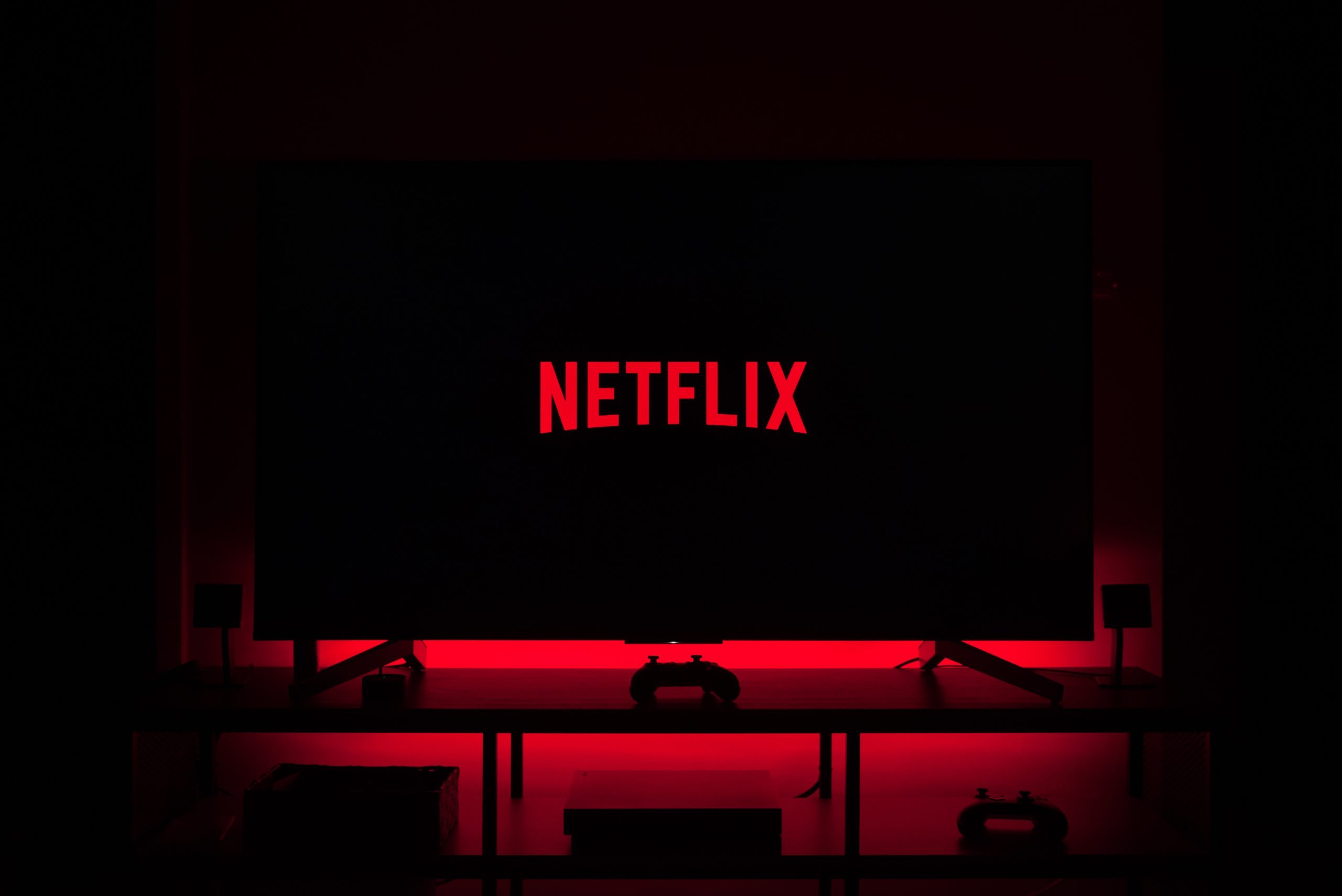Netflix second quarter earnings results
- Posted on July 17, 2020
- Stock Market
- By Glory

Netflix Earnings Report Summary
|
Earnings
per share (EPS) |
$1.59
vs $1.81 expected, according to Refinitiv survey |
|
Revenue |
$6.15
billion vs. $6.08 billion, according to Refinitiv |
|
Global
paid net subscriber additions |
10.09
million vs. 8.26 million expected, according to FactSet |
Netflix (NFLX) reported its second-quarter earnings report on
Fridays causing shares to plummet. Shares of Netflix fell 10% to $474 in after-hours
compared to the $527.39 it closed in regular trading. The streaming giant’s
shares are up 46% for the year.
Revenues generated for the second quarter was $6.15
billion, with a year-over-year increase of $25%. It beat Wall Street’s
consensus estimate of nearly $6.05 billion. Profits were also doubled compared
to the same period from a year ago, to $720 million or $1.59 per share. The
company may have missed analysts’ expectations on earnings per share but still
beat revenue expectations.
There was also the news of Netflix’s chief content
officer Ted Sarandos being named co-chief executive of the company alongside
Reed Hastings. The company said Sarandos will maintain his position as the
chief content officer while he doubles as the new co-CEO. The new executive
promotions were disclosed to shareholders in a letter, along with Netflix’s
second quarter earnings report.
This year has been quite beneficial and productive for
Netflix due to the coronavirus pandemic and lockdown restrictions which brought
in more subscribers for the movie streaming service. The company saw a sharp
growth in its subscriber base, smashing its projections for the year. Netflix
had 10 million global paid memberships out of the 193 million subscriptions. Within
this same period a year ago, the company added only 2.7 million new
subscribers.
While the Covid-19 period worked in favor of the
company, Netflix failed to provide a substantial guidance for the third quarter
regarding its subscriber growth. Rather, the company said “growth is slowing as
consumers get through the initial shock of the Covid and social restrictions.”


Be the first to comment!
You must login to comment